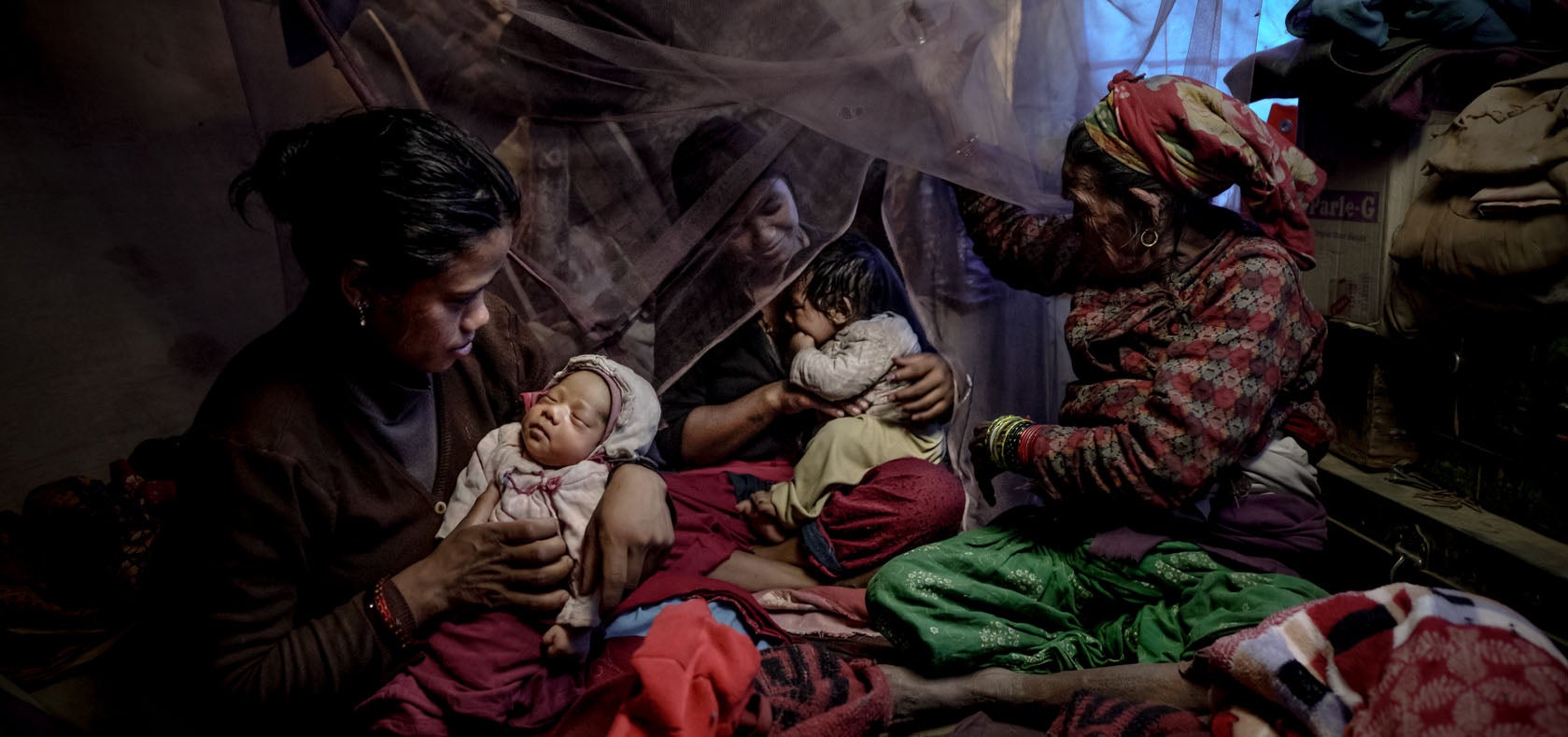Beijing+30 Youth Blog: Let’s support women confront disasters in Nepal
Date:
Author: Deepsikha Dangol

Growing up, I saw my mother as a superhero, balancing her career as a doctor while caring for me and my brother. She was always our strength. The 2015 Nepal earthquake did take a toll on her as she managed the household amid the chaos. Both my brother, who was 10 years old, and I were scared. Yet even when aftershocks rattled our home, my mother found ways to ensure we had what we needed and she reassured us that things would improve. Looking back, I realize how much she had shouldered — not just the responsibilities of work and home but the immense task of keeping us safe and steady.
In September 2024, another calamity struck: flooding and landslides devastated Nepal, impacting 518,403 households and killing 250 people, My surroundings got submerged under water, turning familiar streets into rivers overnight. Homes were damaged or destroyed, and overcrowded temporary shelters brought new challenges. It made me realize again how disasters profoundly impact women in particular.
Nepal is one of the world’s most disaster-prone countries, with more than 80 per cent of the population at risk. Women in particular experience barriers to resilience and recovery from disasters due to limited resources, restricted mobility, and economic dependence.
Women make up 80.1 per cent of the agricultural workforce. When floods destroy croplands, and disrupt markets and supply chains, they lose their income. Additionally, many women have limited land rights and are excluded from relief measures, hampering their economic recovery and pushing them deeper into poverty.
And as climate change impacts rural livelihoods, men migrate to seek better employment and more stable income. Women are left to shoulder responsibility for their households and communities, often without adequate resources to manage disasters.
During and after floods, the lack of adequate sanitation and safe shelters increases the risks of gender-based violence in temporary displacement camps. Privacy and security are often compromised and essential services like clean water, hygiene facilities, and menstrual products are scarce. Due to the lack of or access to health facilities, during floods pregnant women to deliver at home or on the roads while trying to reach medical care. This situation exacerbates the already high maternal mortality rates in Nepal.
Nepal has made efforts to integrate women’s concerns into disaster management policies, but significant gaps remain. To address women’s needs and recognize them as active agents rather than as passive victims, we must give them:
- Comprehensive training in rescue, rehabilitation and recovery, so they can take proactive roles in disaster response, improving community resilience.
- Remedies for the specific needs of vulnerable communities. This includes safe toilets, secure shelters, and psychosocial support, trauma counseling, and needed information.
- Healthcare access, particularly reproductive health services, in vulnerable areas. Mobile clinics, women-specific health services, and better-equipped local health centers would reduce complications and save lives.
- Skills training, alternative livelihood opportunities, and access to financial services. Credit programmes, grants and insurance schemes can help women rebuild their businesses and economic independence. Financial resources and livelihood opportunities would allow them to recover more quickly from disasters.
Empowering Nepalese women with resources, support and a seat at the decision-making table is critical to building a more resilient, equitable society capable of withstanding the escalating impacts of climate change.
Biography

Deepsikha Dangol, 26, from Nepal, graduated from the Asian Institute of Technology in Thailand with an MSc in Climate Change and Sustainable Development. Her master's thesis focused on women’s vulnerability and adaptation in agriculture due to climate change in Lalitpur, Nepal.